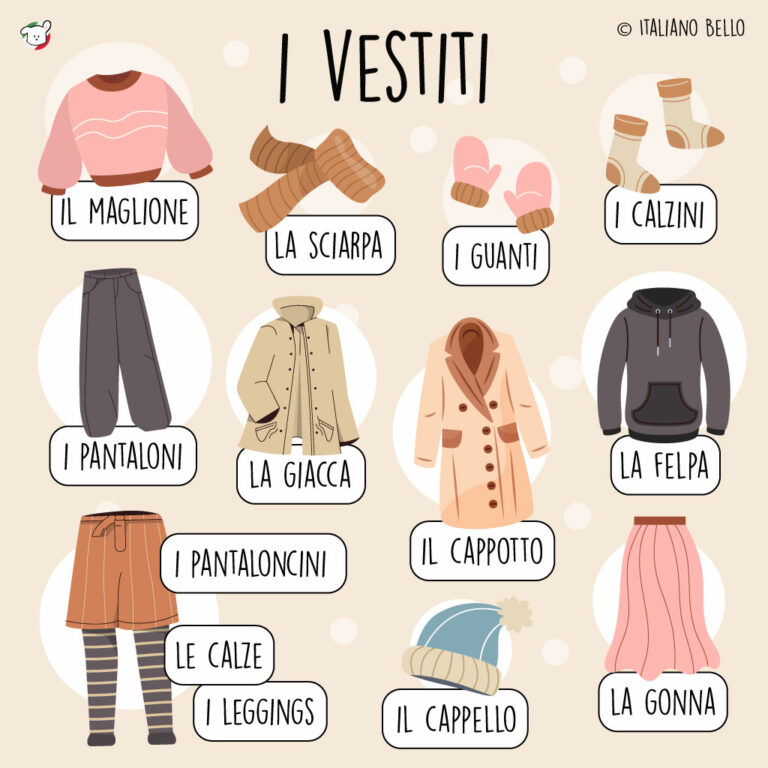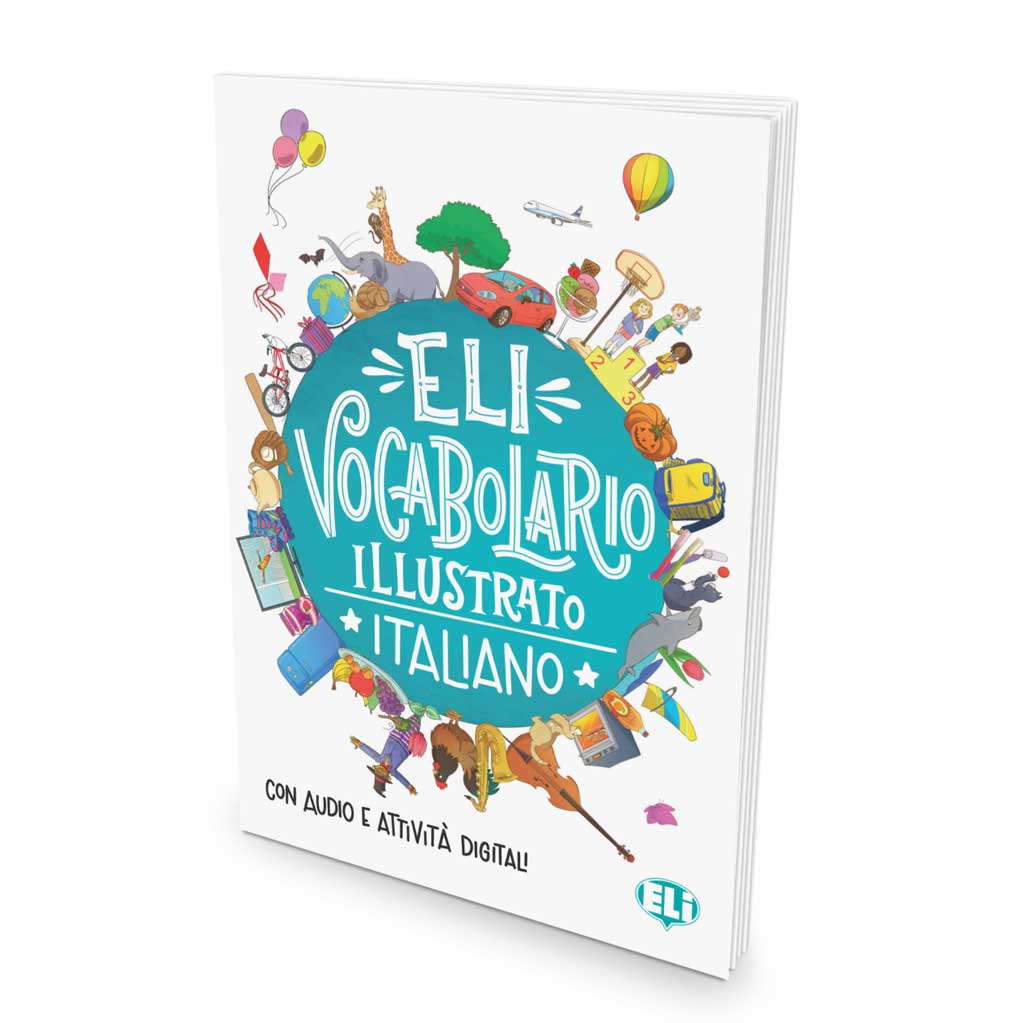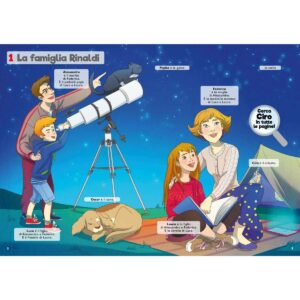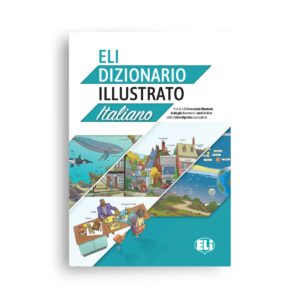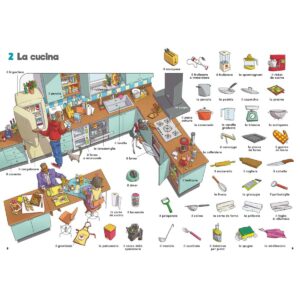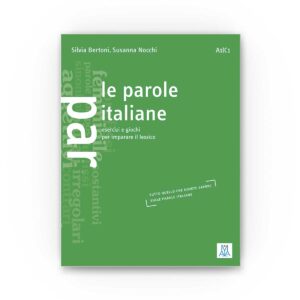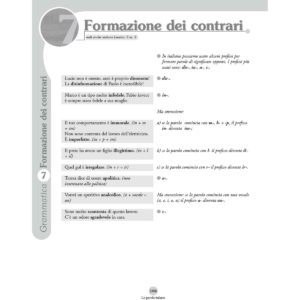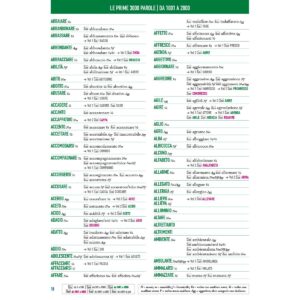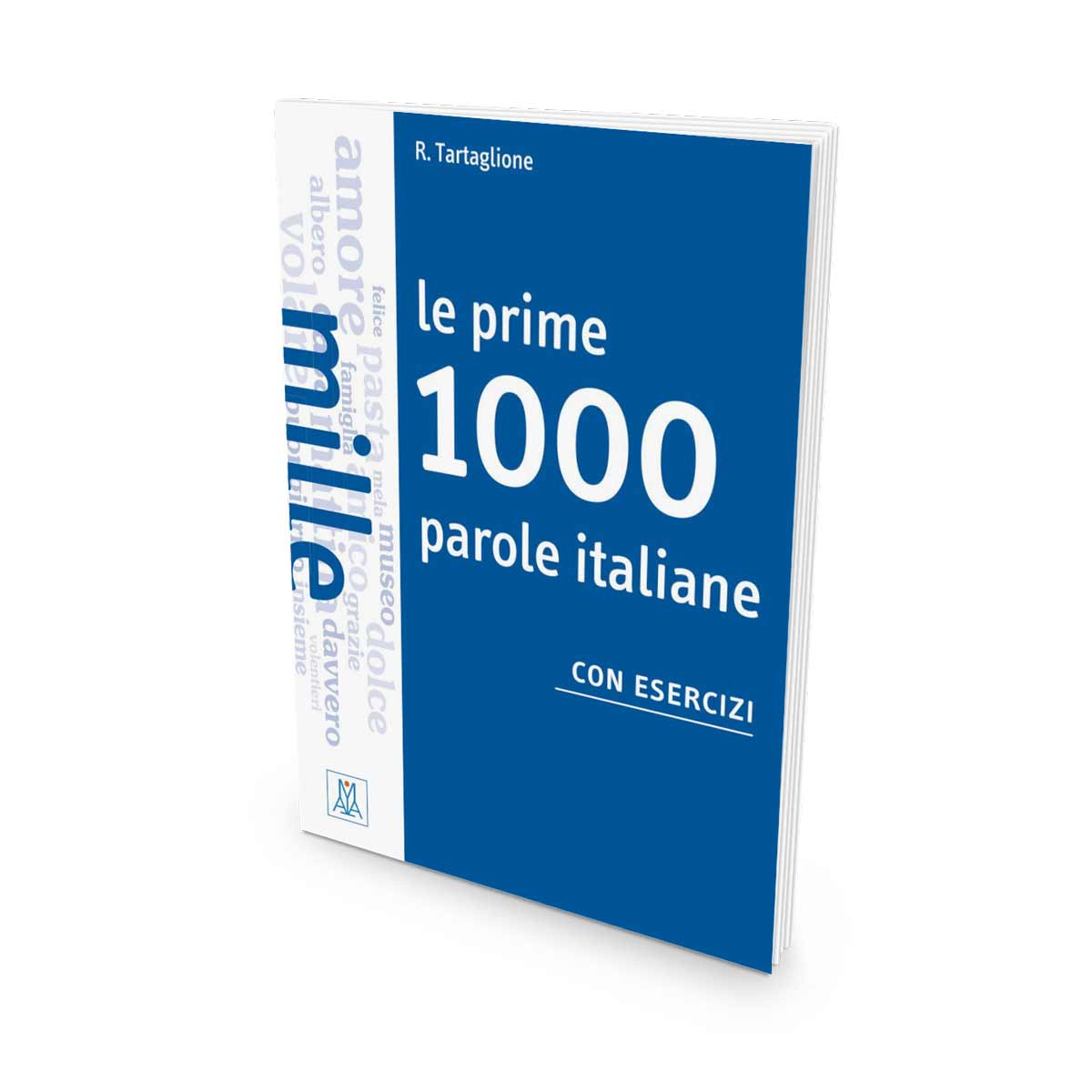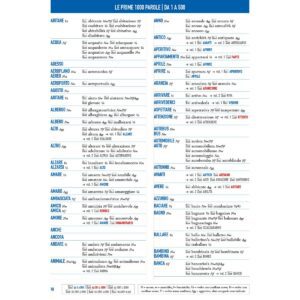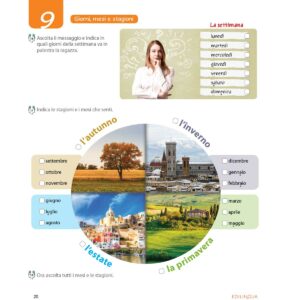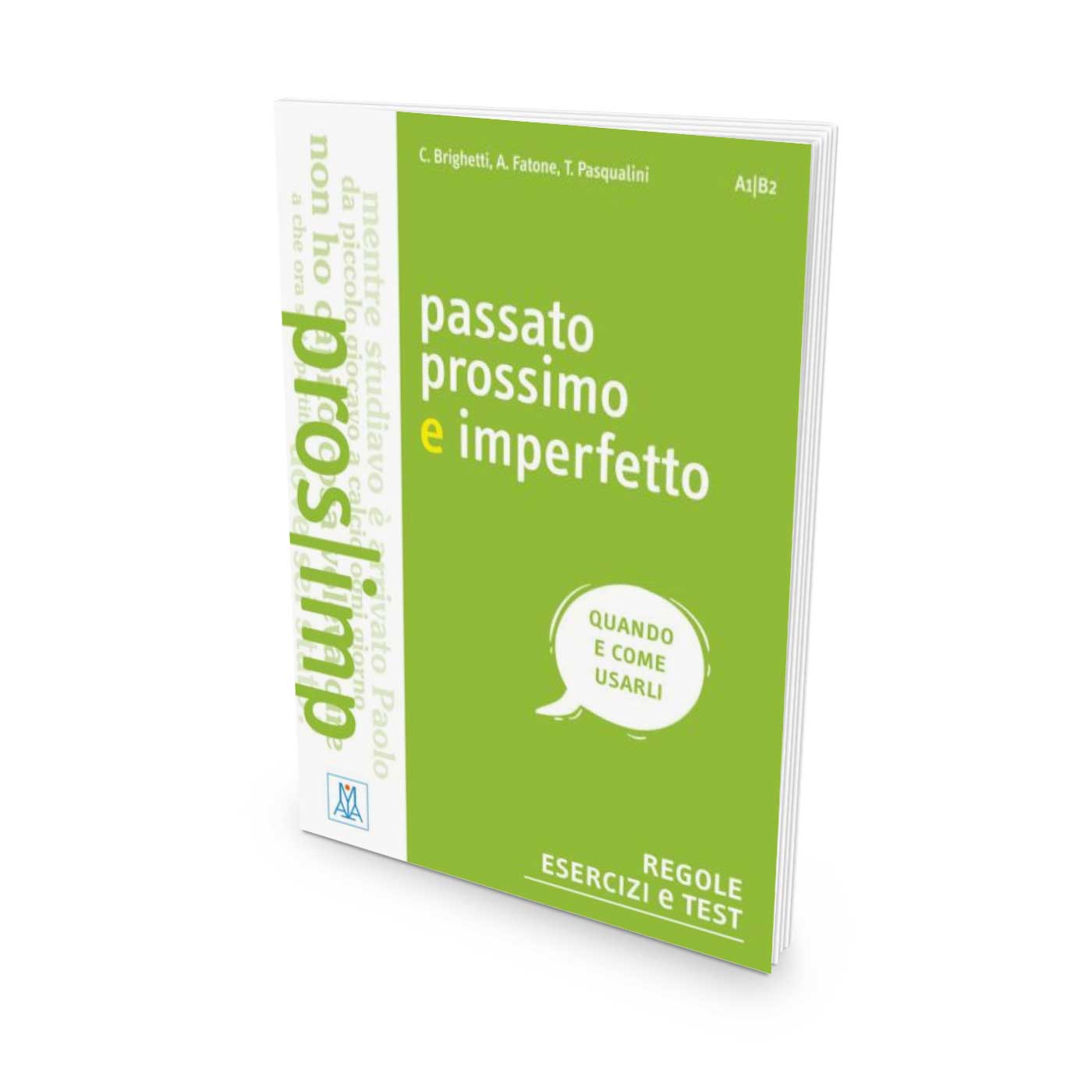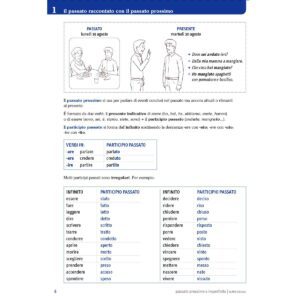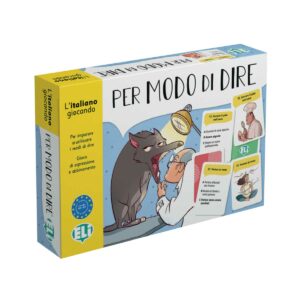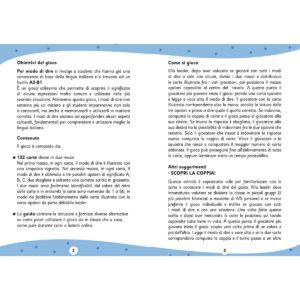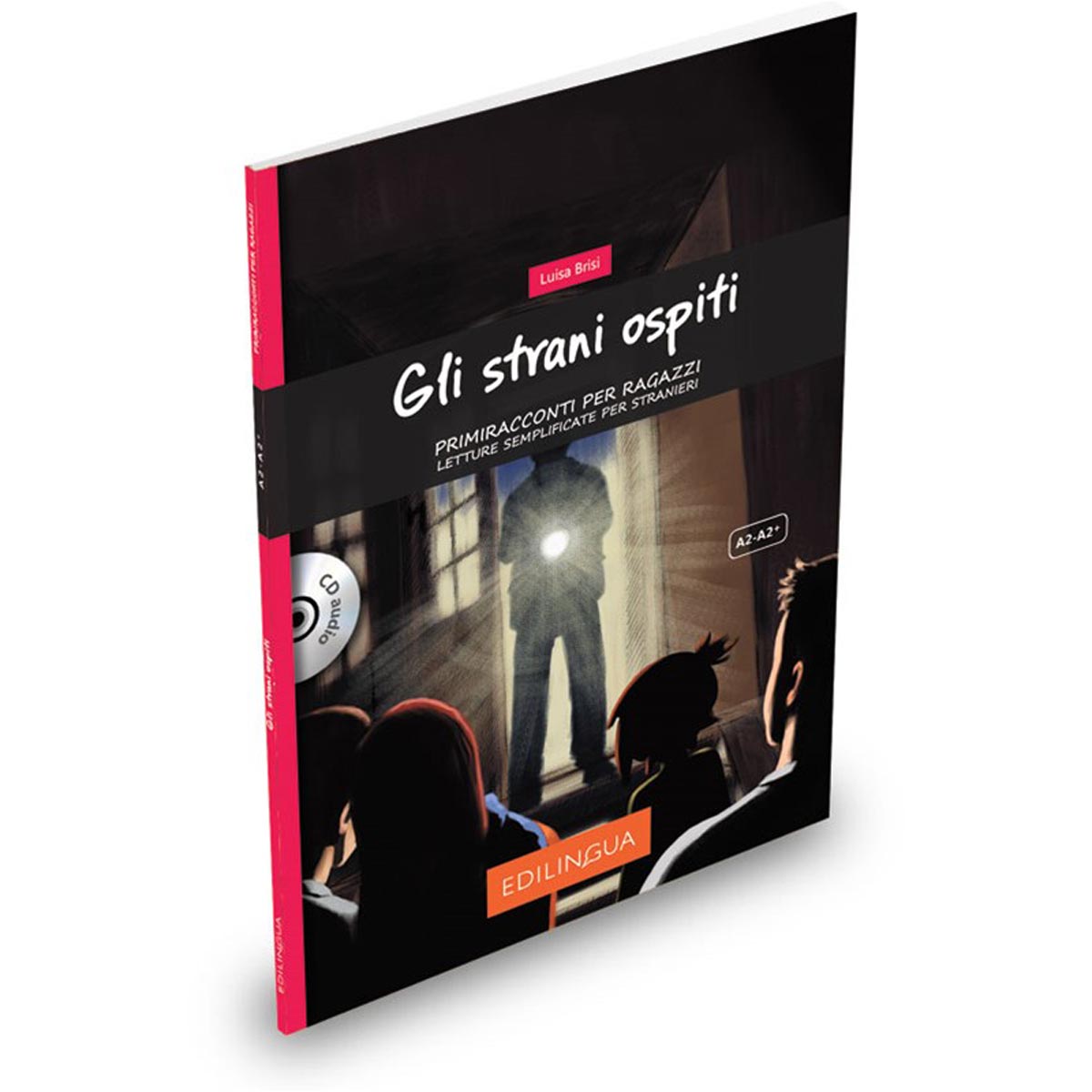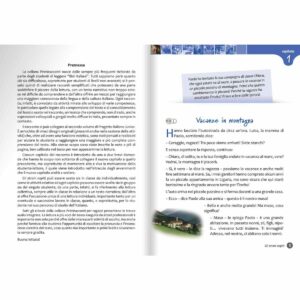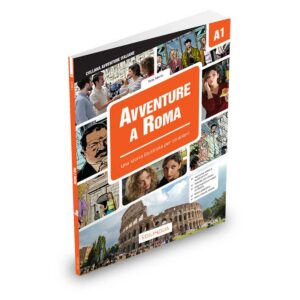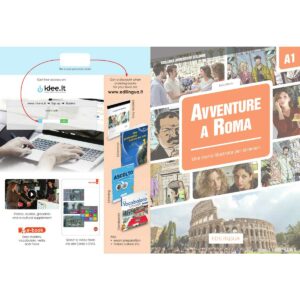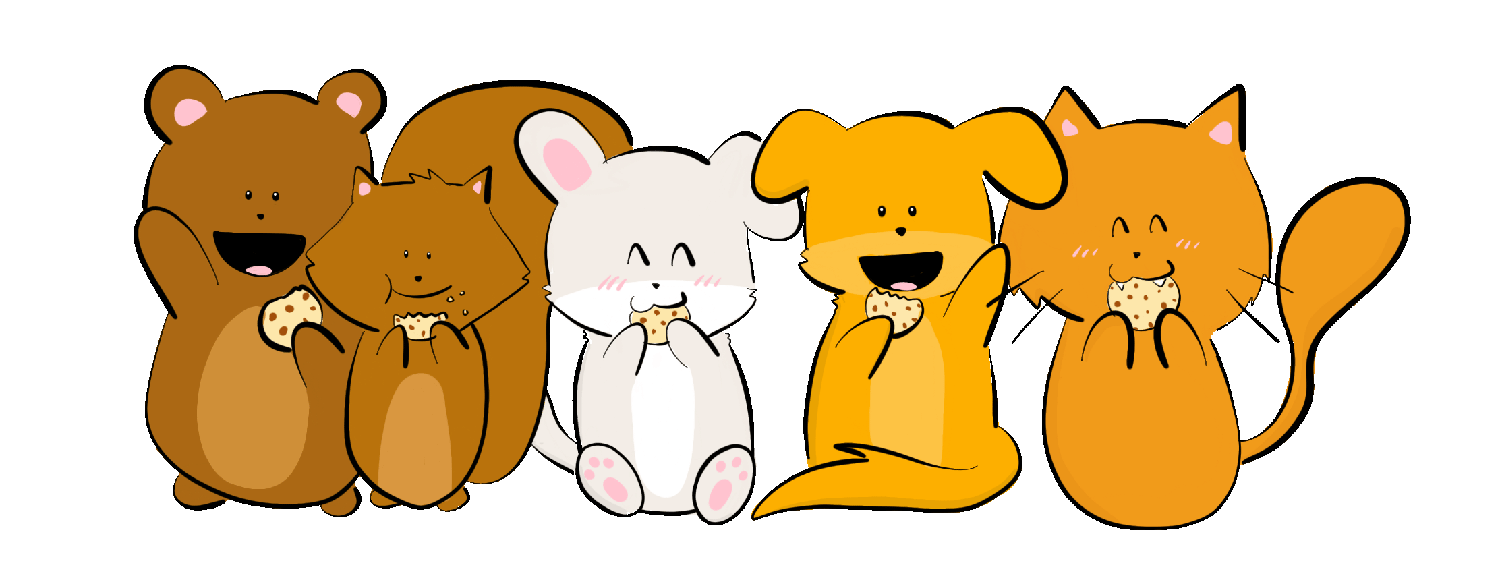| i vestiti / l’abbigliamento | clothes / clothing |
| l’indumento / il capo d’abbigliamento | garment |
| la giacca | jacket |
| il cappotto | coat |
| la maglietta | T-Shirt |
| il maglione | jumper |
| la felpa | sweatshirt, hoodie |
| la camicia | shirt |
| la camicetta | blouse |
| la canotta / il top | top |
| i pantaloni [pl .] | trousers |
| i pantaloncini [pl .] | shorts |
| i pantaloni della tuta | joggers |
| la gonna | skirt |
| il vestito / l’abito (da uomo o da donna) | suit, dress |
| il completo | suit, dress |
| la salopette | overalls |
| le calze [pl .] | tights, socks |
| i calzini [pl .] | socks |
| i leggings [pl .] | leggings |
| il pigiama | pajamas |
| la sciarpa | scarf |
| il cappello | hat, beanie, cap |
| i guanti | gloves |
| le scarpe [pl .] | shoes |
| gli stivali [pl .] | boots |
| l’intimo / la biancheria intima | underwear |
| le mutande | lo/gli slip | i boxer [pl .] | pants | slip | boxer shorts |
| il reggiseno | bra |
| la canottiera | vest |
Notes
Calze o calzini?
Calze refers to a garment that is worn on the feet and covers part or all of the leg. Corresponds to both socks and tights in English.
The word calzini, on the other hand, is restricted to socks, i.e. the garment that covers only the foot and the part of the leg up to the ankle or knee.
This means that all calzini are calze, but not all calze are calzini!
Another word for tights, besides calze, is the French collant.
I leggings are a garment that does not cover the foot but only the leg, similar to trousers but much closer to the leg.
Felpa o maglione?
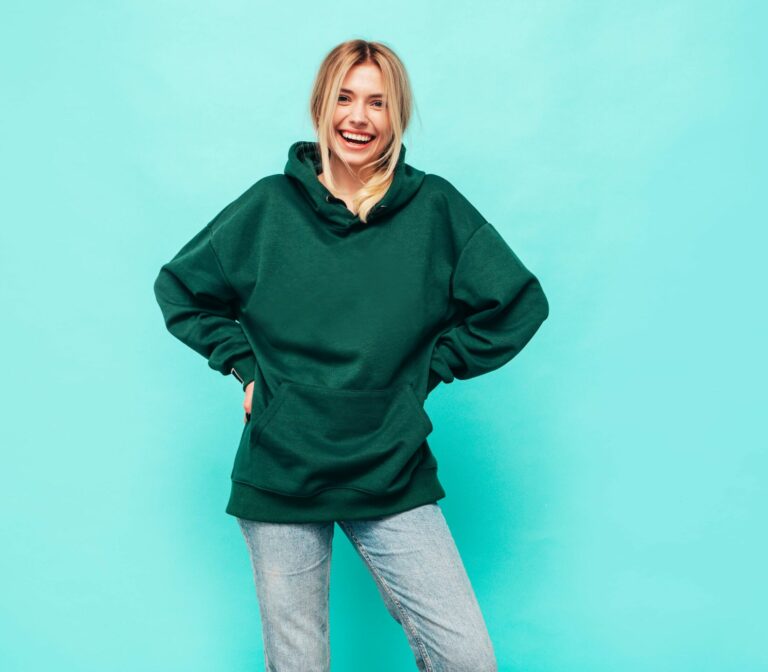
La felpa
La felpa is a rather sporty garment and can be with or without a hood. This can of course also be specified: la felpa con cappuccio hoodie.

Il maglione
Il maglione is usually a fall or winter garment, often made of wool or cotton, usually without a hood.
What is a cappello?
Cappello corresponds to both a hat, a beanie and a cap. The word berretto is also used for a beanie, while a cap is more commonly called a cappellino.
cappello di paglia Straw hat
cappello / berretto invernale winter beanie
cappellino cap
Vestito, abito o completo?
Vestito and abito are synonyms, even if the word abito is a little more formal, and both refer to a woman’s dress as well as a man’s suit.
La donna indossa un bel vestito / un bell’abito The woman is wearing a nice dress
L’uomo indossa un bel vestito / un bell’abito The man is wearing a nice suit
It is usually clear from the context what it refers to. If this is not the case, it can be clarified by adding da donna or da uomo.
Il completo refers to a combination of elegant clothing, usually jacket and trousers or jacket and skirt, for both men and women.
Esercizi e giochi
Impara di più!
Oggi Bruno ha fatto tante cose (A1)
Una breve lettura con Bruno e il verbo FARE • CON ESERCIZIO
PASSATO PROSSIMO E IMPERFETTO Esercizi
Lots of exercises about passato prossimo and imperfetto
List of verbs with direct and indirect pronouns
List of verbs with direct and indirect object
Learn more vocabulary
Find the perfect book for you to learn Italian! You can find more books in our specialized online bookstore.
Vocabolario illustrato (A1/A2)
Colorato, moderno e intuitivo, il Vocabolario illustrato ELI è lo strumento ideale per imparare o consolidare il vocabolario di base della lingua italiana.
Dizionario illustrato (A2-B2)
Dizionario illustrato colorato e di facile consultazione con più di 2.000 parole in 35 situazioni tematiche.
Le parole italiane A1-C1
Le parole italiane presenta una vasta gamma di esercizi e giochi per l’apprendimento, la memorizzazione e l’ampliamento del lessico italiano.
Le prime 3000 parole italiane con esercizi B1-B2
Il primo libro che raggruppa scientificamente le 3000 parole italiane più utili e frequenti, selezionate in base alle esigenze di uno studente straniero.
Le prime 1000 parole italiane con esercizi A1-A2
Il primo libro che raggruppa scientificamente le 1000 parole italiane più utili e frequenti, selezionate in base alle esigenze di uno studente straniero.
Nuovo Vocabolario Visuale A1-A2
Il Nuovo Vocabolario Visuale propone in 40 unità tematiche oltre mille parole di uso quotidiano della lingua italiana attraverso immagini aggiornate e nuove attività di ascolto.
